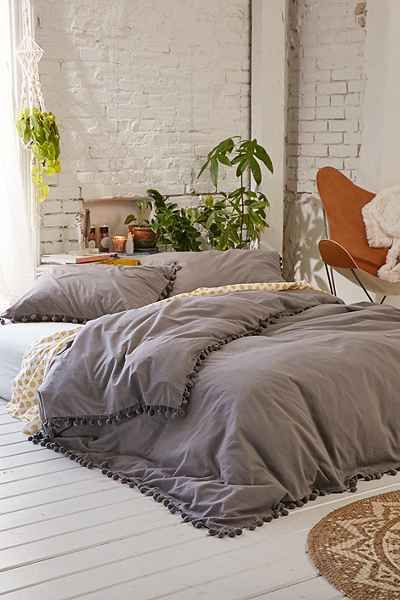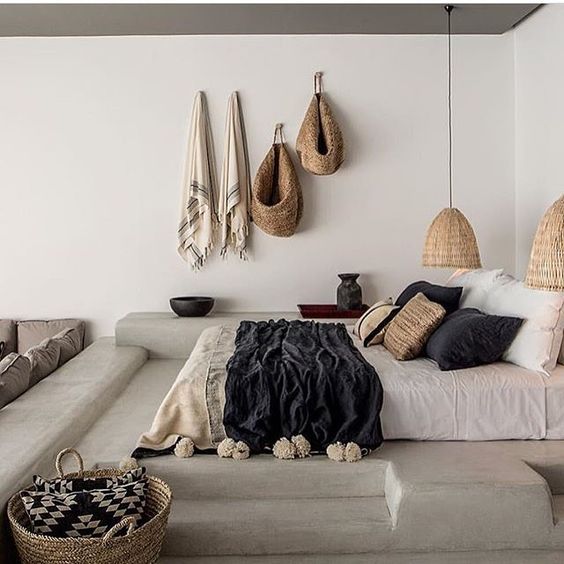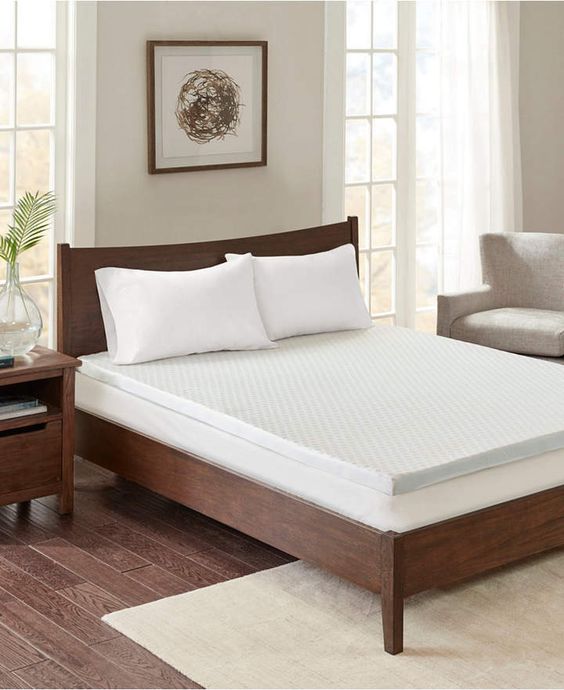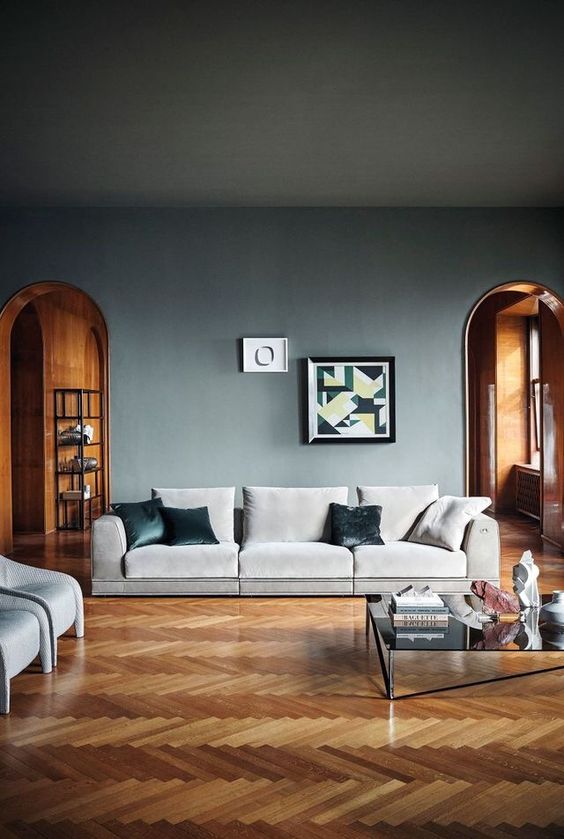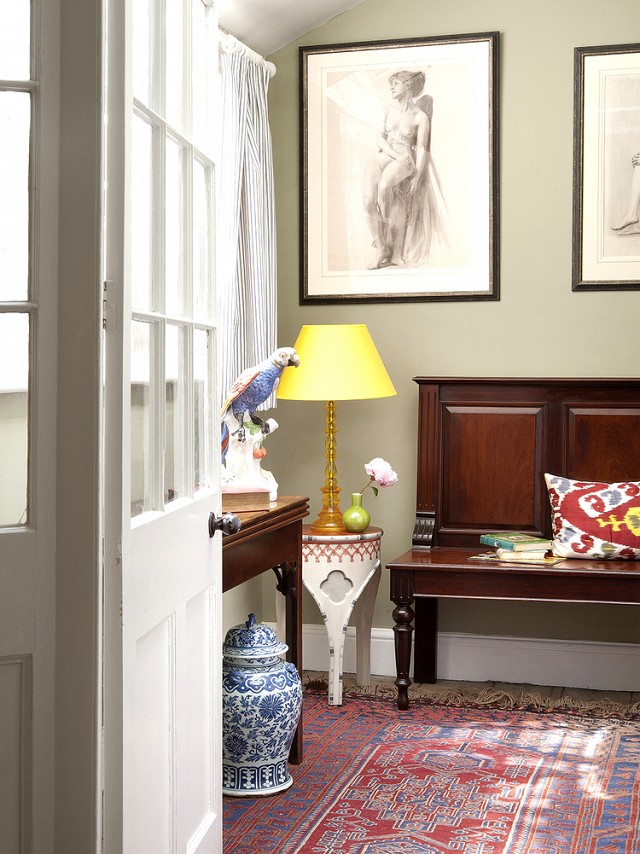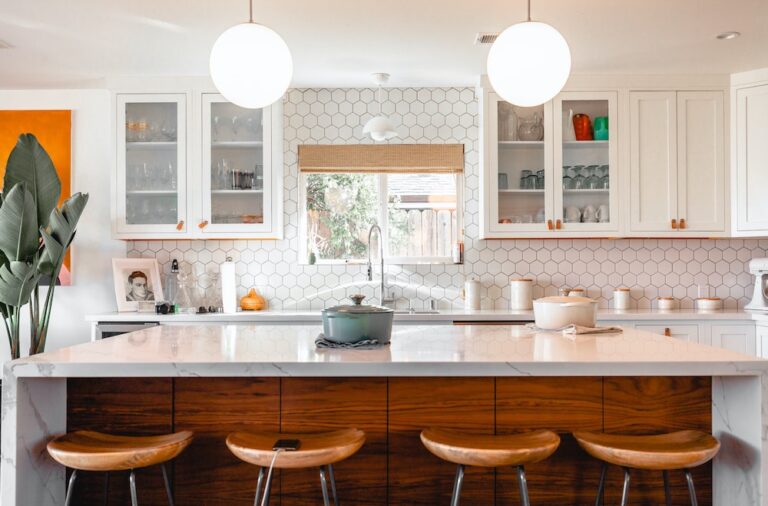4 Tips on How to Choose the Right Mattress for Your Home
Choosing a new mattress is not an easy task – especially when you think about how long you will have that mattress. It will have to be the place you lay your body and head for years to come.
Why buy a new mattress? When is it time to purchase a new mattress?
- When you wake up with aches and pains in your back or shoulders or when you feel stiffness in your neck.
- You begin to toss and turn during the night and in the morning, don’t feel as if you have gotten good sleep.
- Your mattress shows signs of wear and tear, such as a sagging or if there are springs sticking out.
- You find yourself rolling toward the edge of your mattress or sinking into a body-shaped valley.
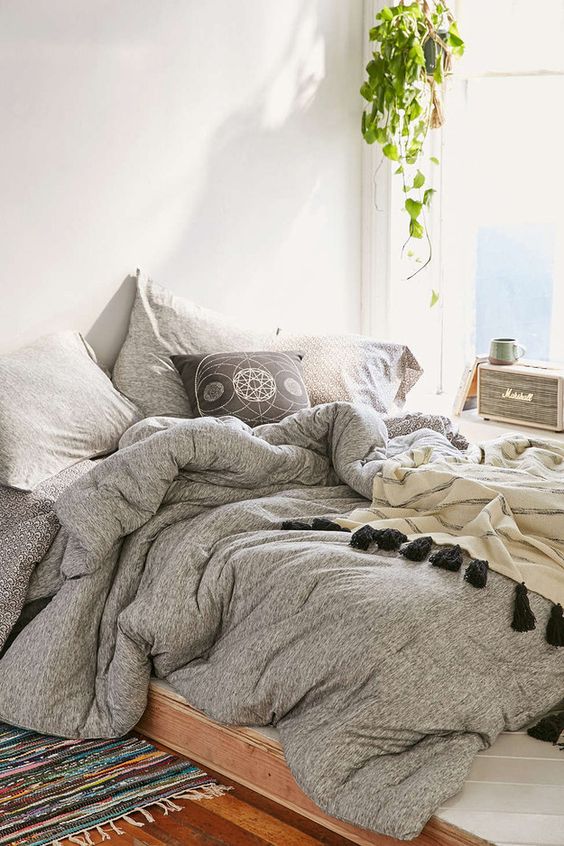
Going to a store and actually trying out a mattress is a good idea. If you decide to purchase online because you have found a better price deal, at least you know what you will be getting. Below are four main tips for choosing the best mattress to meet your needs.
1. Look at Mattress Life
A typical mattress will last eight to 10 years – it depends on the quality of the mattress and the material from which it is made. Purchasing a mattress is as much an investment as buying a stove or fridge. So, you need to go armed with information.
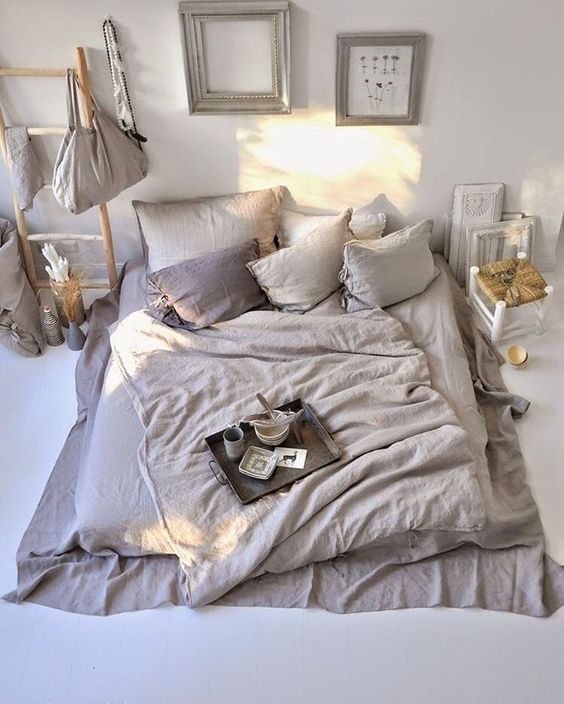
2. Consider Mattress Type
Mattresses come in a range of types from very firm, to ones with foam, to ones with pillow tops. Even best mattresses for 2019 come in different sizes, price ranges, styles, construction and more. Here are some examples of mattress types to choose from:
- Innerspring: These are made from steel coils that are cushioned by an outer layer, generally a foam or a fiberfill, and then encased in a quilted fabric. Innerspring mattresses have a varied price range – but the average price for a queen hovers between $800 to $1,200.
- Memory Foam: Memory foam was developed by NASA as a way to cushion their astronauts while landing and taking off. It offers support that conforms to your body shape. These are also traditionally long-lasting mattresses with a lifespan of 10 years or more. The average price for a queen-sized memory foam bed is $600, but they can go as high as $4,000, depending on the manufacturer.
- Latex Foam: These mattresses are similar to memory foam, except they are usually made from natural latex derived from the rubber tree. If well-made, they can last 10 to 15 years or more. The average price range of a latex foam queen-sized bed is $750.
- Hybrid: Hybrids provide a combination of the traditional coiled support system with cushioning from foam. While prone to sagging, but will last 10 years or more. Hybrids in a queen size will cost, on average $700; some, if personalized to your specifications, can cost about $900-1,000.
- Adjustable: Adjustable beds allow you to elevate, lower, or bend mattresses to more comfortable positions. These mostly come in foam or airbed mattress types because of the needs to be in motion and bend. While many are up in the thousands to purchase, there are some companies that can offer them for $700-1,000 for a queen.
- Pillow top: These generally have thick, soft layers of fiber and foam and often require specialty sheets – although that is becoming less common now. Price ranges for pillow tops are generally more than other beds, a queen averaging $1,999.
- Airbed: These mattresses can be inflated to a desired firmness, and usually come in vinyl or rubber. Higher-tech models can be adjusted to the levels desired by the owner. Airbeds start at $20, but can range from $500 to $4,000, depending on quality.
- Waterbed: Most waterbeds today are not the bladder type of 20 or 30 years ago; they are made from a support system and chambers that makes the mattress waveless. They are varied in price from $50 to $1,200. They also tend to be heavy when filled—sometimes as heavy as 1,500 pounds – so that is something to consider when thinking about buying one.
- Futon: A futon is a thick sleeping mat that is often a space saver – it can be placed on a frame, a mattress foundation or right on the floor. Futons are generally inexpensive, starting at $50 and going as high as $400. Generally speaking, futons price out at $150-175.

3. Think about your sleeping position
Another thing to consider when purchasing a mattress is how you sleep: if you are a back sleeper, you may need a softer mattress; if you sleep on your stomach, you may need something firm. Again, trying mattresses out in a store before purchasing is a good idea.
4. Budget
As you can see, mattresses come in all types, shapes, and sizes. You have to decide not only your comfort level but how much you can afford. And, as with many things, the most expensive, does not always mean it is the best choice for you – or your budget.
The larger the mattress, the more it will cost. A king-sized mattress will definitely cost more than a twin or a double. But do you need a king? Maybe you do; if that is the case, you may want to shop different brands of king-sized to find one that fits your needs and how much you can spend.
One final note to sum things up: Be sure to choose a mattress that offers you the very best and most comfortable sleep possible. You will be glad you did.

